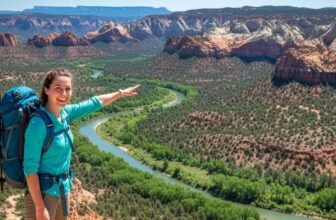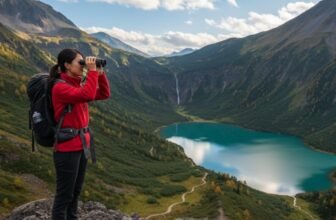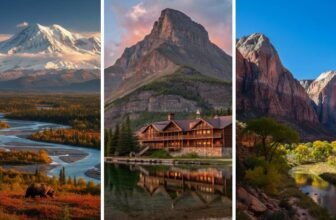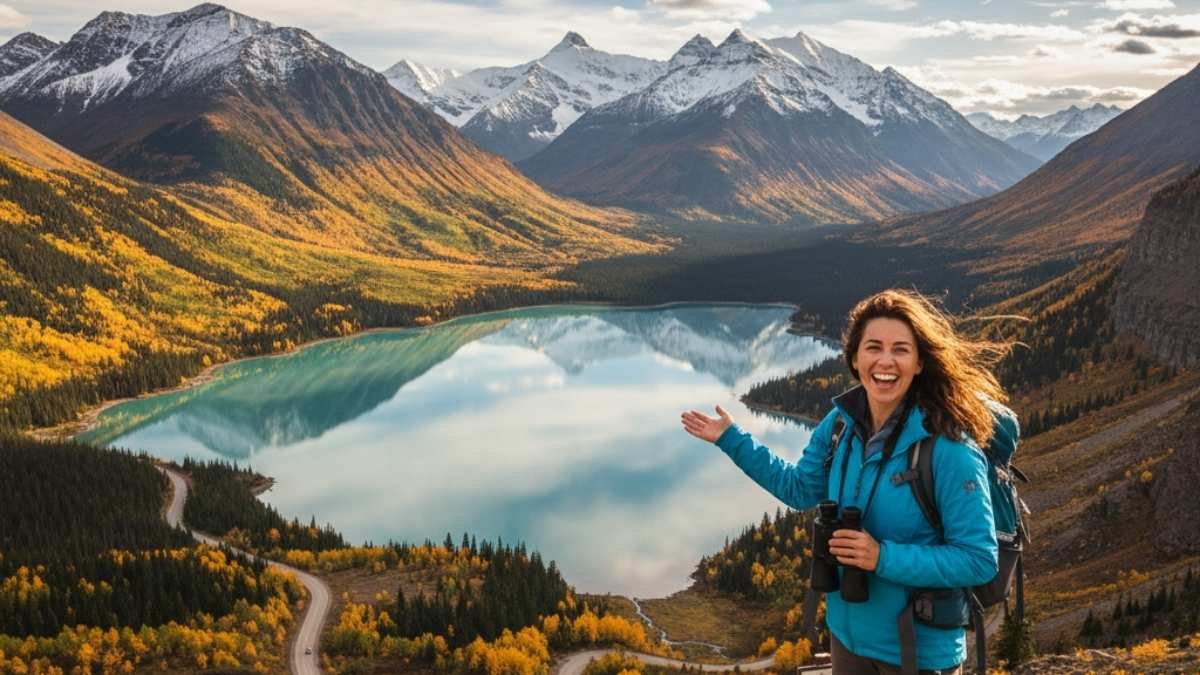
Summer crowds, endless lines, and packed trails can make even the most beautiful park feel like a theme park on overdrive. The truth is, nature has its own rhythm—and knowing when to go is half the magic.
Some landscapes glow brightest under winter’s hush, others bloom into life when everyone else has gone home. The trick isn’t skipping the parks—it’s meeting them at their best moments.
From silent canyons to snow-dusted ridges and coastlines that hum with color, these are the times when America’s wild places stop performing for tourists and start revealing their truest selves.
1. Yosemite National Park – Fall
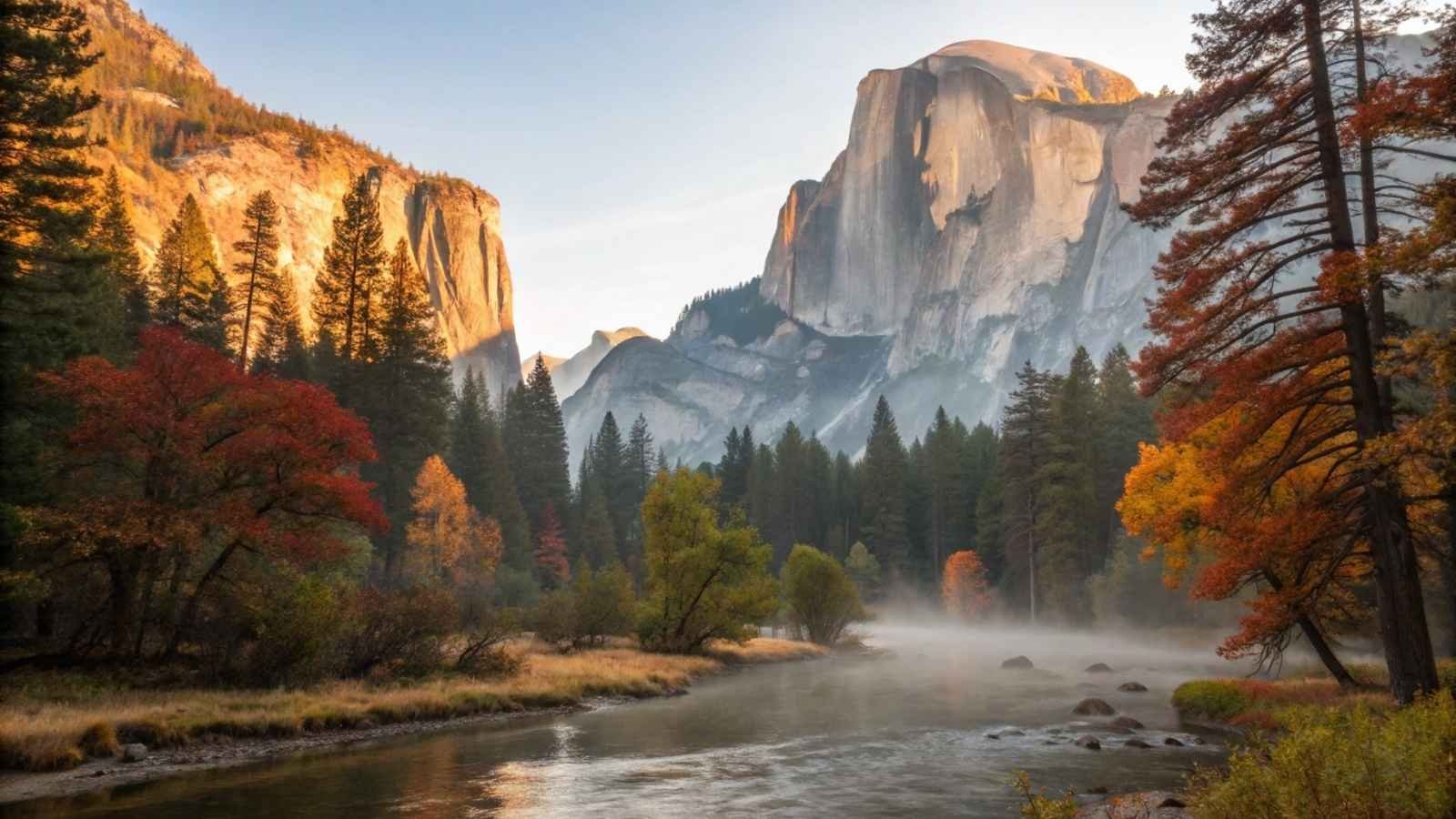
Yosemite in fall feels like the park finally exhales. The crowds thin, the valley quiets, and the golden hues of maple, dogwood, and oak trees set the granite cliffs ablaze with color. While the waterfalls may not roar as they do in spring, their softened flow creates a sense of calm that matches the crisp mountain air. It’s the kind of serenity that’s hard to find in summer when traffic jams are as common as wildlife sightings.
Hiking in the fall offers another level of reward. Trails like Mist Trail and Four Mile Trail are still accessible, but the cooler temperatures make those steep climbs feel far more manageable. You might even catch the first dusting of snow on Half Dome, giving the park a painterly beauty that feels fleeting and intimate. The best part? You can actually find a quiet moment at Tunnel View—something nearly impossible in July.
For photographers and those who crave peaceful exploration, this is Yosemite’s golden season—literally and emotionally. Lodges and campgrounds remain open, yet they’re far easier to book. You’ll leave feeling like you’ve experienced a more authentic, less hurried version of one of America’s most photographed parks.
- Best Months to Visit: Late September to early November
- Weather: Cool days (60s°F) and chilly nights (30s–40s°F)
- Best For: Fall colors, fewer crowds, reflective photography
- Don’t Miss: Glacier Point at sunrise, Yosemite Valley Loop Trail, Mariposa Grove of Giant Sequoias
2. Grand Canyon National Park – Winter
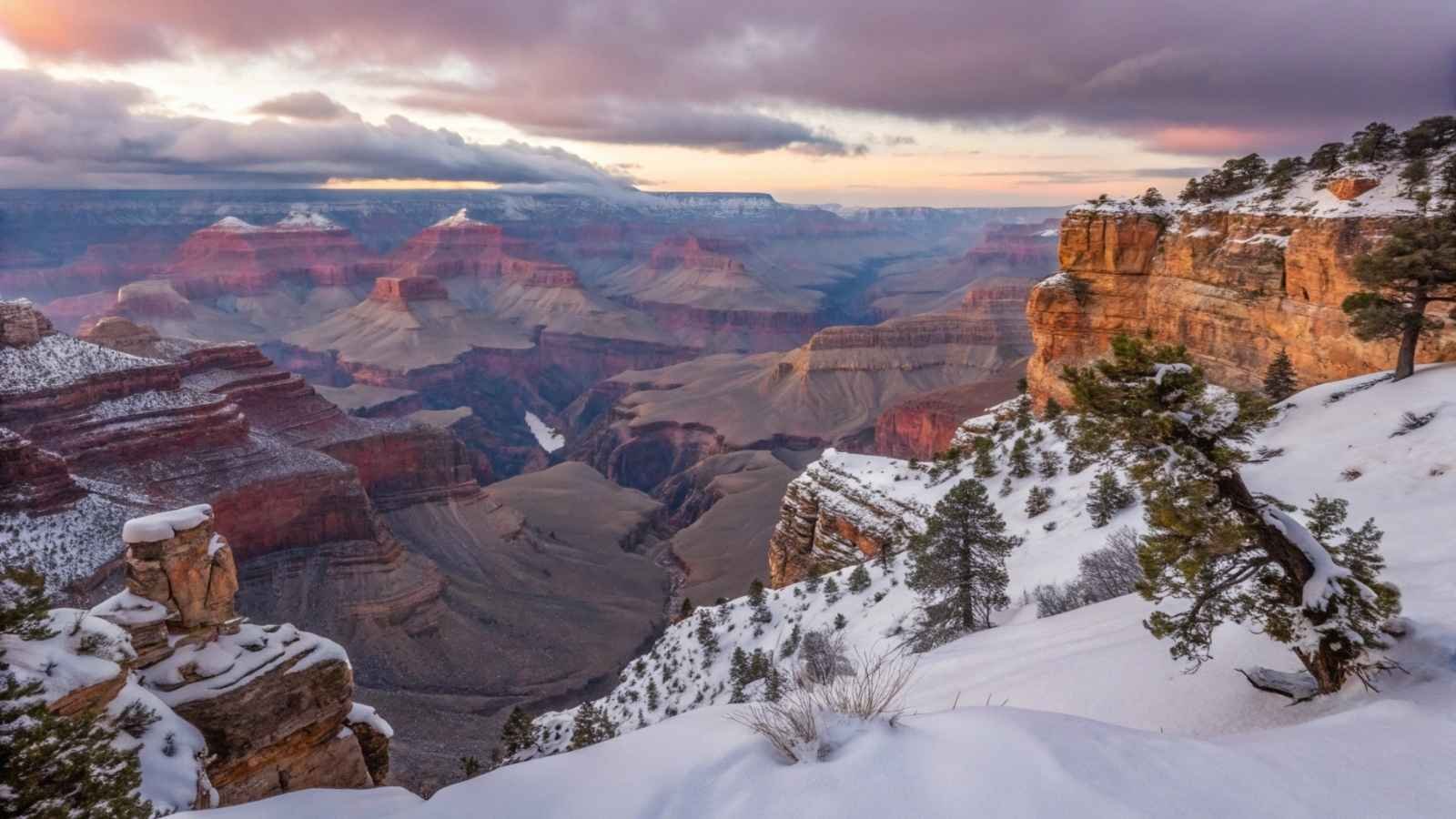
Visiting the Grand Canyon in winter is like being let in on a secret few travelers ever discover. Gone are the shoulder-to-shoulder crowds and blinding heat. Instead, you’re greeted with quiet viewpoints dusted with snow and a sense of stillness that amplifies the canyon’s enormity. The contrast of red rock against white frost is breathtaking—this is the Grand Canyon most people never see.
Winter also brings out a different kind of adventure. South Rim remains open, and with fewer visitors, trails like Bright Angel and South Kaibab feel more personal and meditative. Even short walks along the Rim Trail turn into slow, contemplative experiences. And for those seeking warmth, the inner canyon—accessible with a backcountry permit—offers mild, comfortable hiking weather.
It’s not just about the views—it’s about the perspective. Standing alone at Mather Point as the sun rises over a snow-lined horizon makes the Grand Canyon feel new again, even to seasoned travelers. The cold air sharpens every color and echo, giving the park a kind of raw honesty that summer can’t match.
- Best Months to Visit: December to February
- Weather: Highs around 40s°F; lows can drop below freezing
- Best For: Solitude, snow-capped vistas, and serene hiking
- Don’t Miss: Sunrise at Yavapai Point, Hermit Road viewpoints, Bright Angel Trail
3. Zion National Park – Late Fall
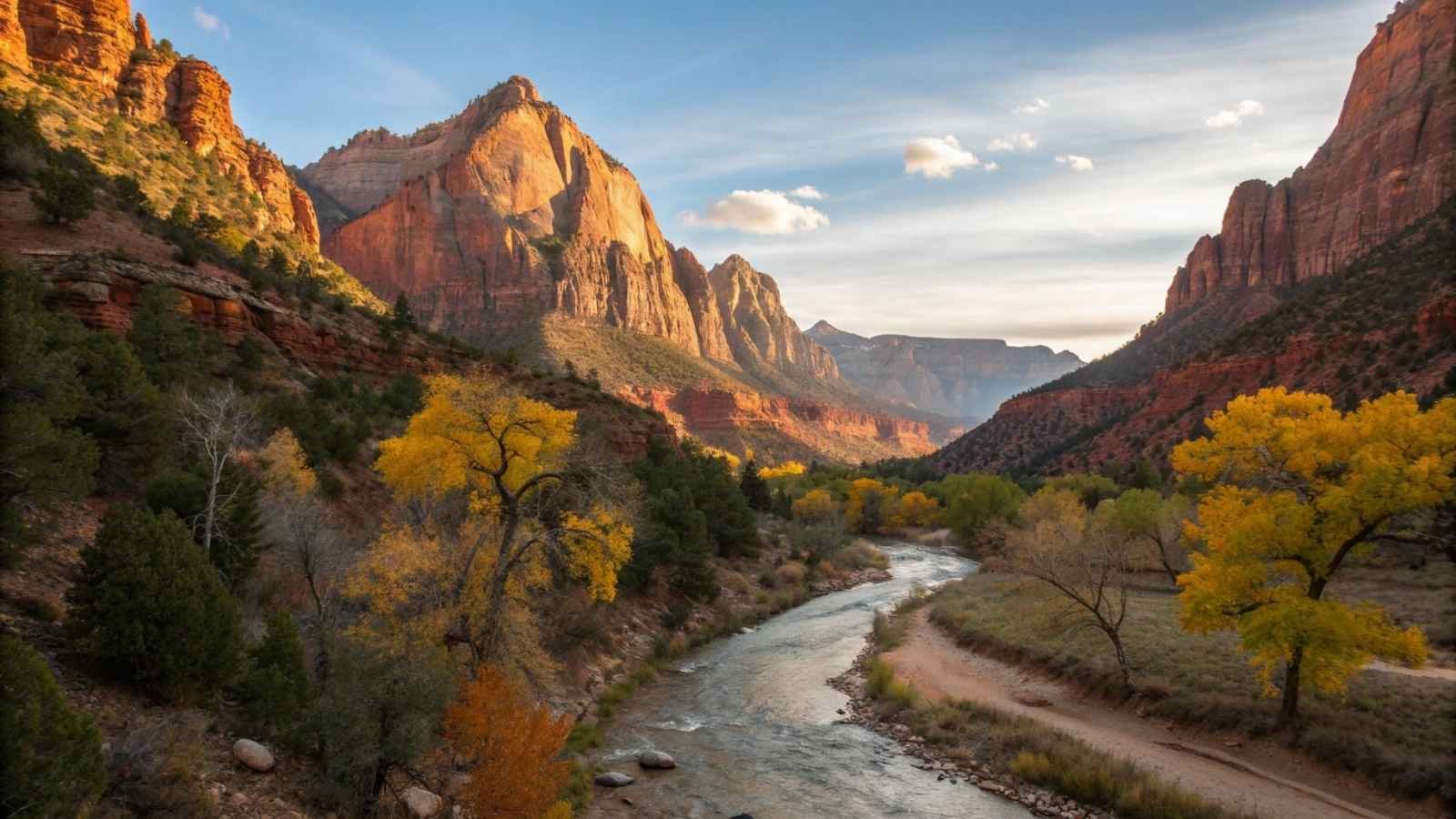
When the cottonwoods turn gold and the crowds disappear, Zion transforms from a bustling summer destination into a sacred desert retreat. The canyon walls glow even brighter in the low autumn sun, and the Virgin River reflects shades of amber and crimson. The air turns crisp, the light softens, and suddenly the park feels more like a sanctuary than a spectacle.
By late fall, temperatures are perfect for hiking—cool enough for long climbs, warm enough to linger. Iconic trails like Angels Landing and The Narrows become far more enjoyable without the summer rush or heat exhaustion. Even the shuttle system feels leisurely, allowing you to slow down and soak in the park’s rhythm.
This season rewards those who crave connection over convenience. You’ll find locals chatting quietly on canyon benches, painters tucked near the river, and wildlife more visible as the days shorten. Zion in late fall is for travelers who love depth over drama—it’s the park’s most honest self.
- Best Months to Visit: Late October to early December
- Weather: Highs in the 60s–70s°F, lows in the 30s–40s°F
- Best For: Comfortable hikes, golden foliage, calmer atmosphere
- Don’t Miss: Angels Landing, The Narrows, Canyon Overlook Trail
4. Glacier National Park – Early Fall
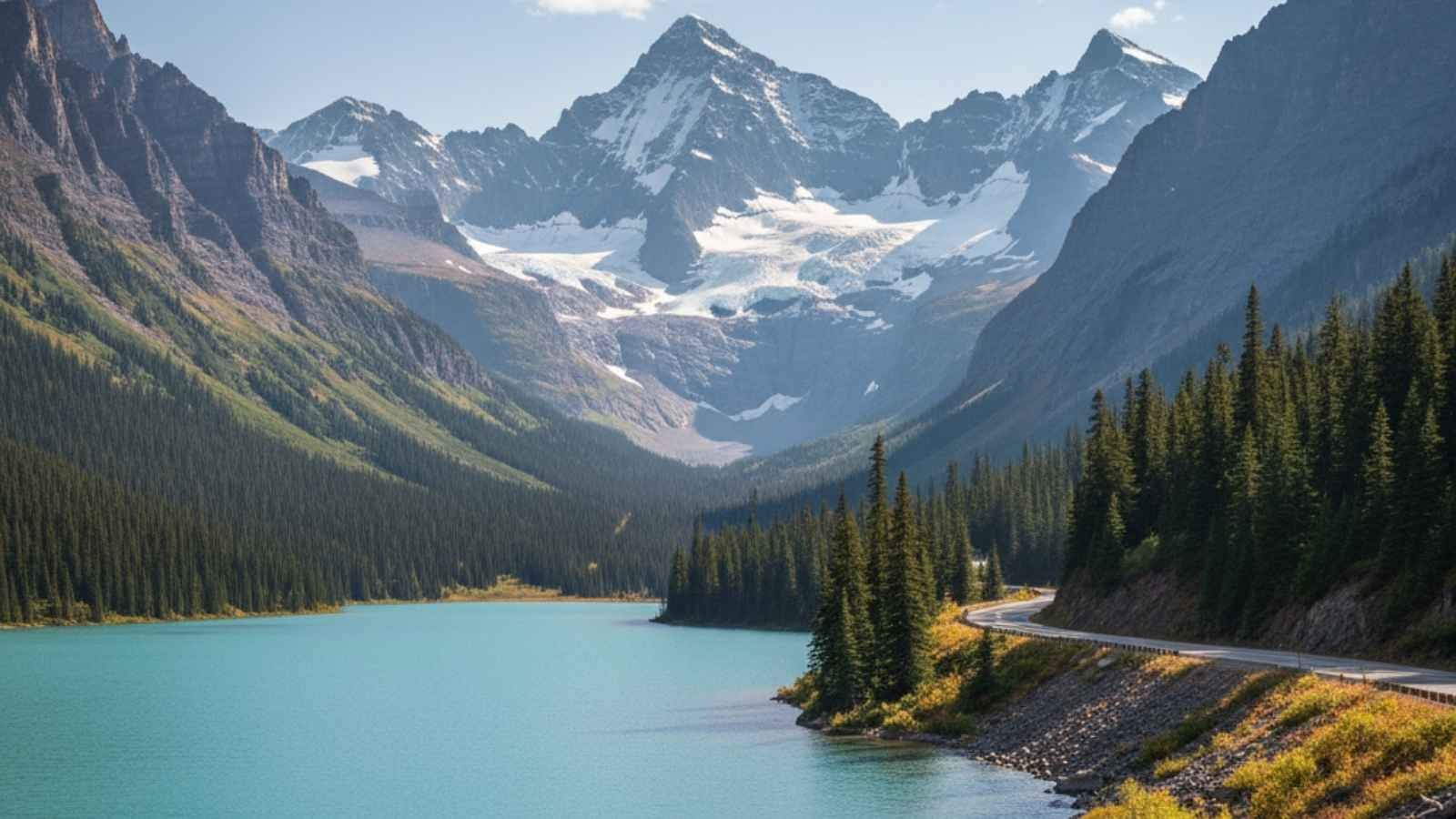
There’s something bittersweet about Glacier National Park in early fall. The huckleberries are ripe, the air carries a crisp edge, and the alpine meadows burst into warm shades of red and gold. It’s the final act before winter sweeps in, closing the high roads and sending the park into hibernation. But for a few perfect weeks, it’s an outdoor paradise with just the right mix of vitality and solitude.
The famous Going-to-the-Sun Road stays open until the first major snowfall, giving you access to breathtaking overlooks without the summer gridlock. Wildlife sightings spike as bears and moose prepare for winter, and the trails—especially Hidden Lake and Highline Trail—offer some of the most cinematic views you’ll ever see.
Early fall here feels like the park’s curtain call—beautiful, fleeting, and deeply peaceful. The chill in the air, the silence on the trail, and the sight of the first snow dusting the peaks—it’s a time when you feel both humbled and grateful to have caught Glacier at its most authentic.
- Best Months to Visit: Early September to early October
- Weather: Highs in the 60s°F, lows in the 30s°F
- Best For: Fall colors, wildlife spotting, scenic drives
- Don’t Miss: Highline Trail, Logan Pass, Many Glacier area
5. Great Smoky Mountains National Park – Late Spring
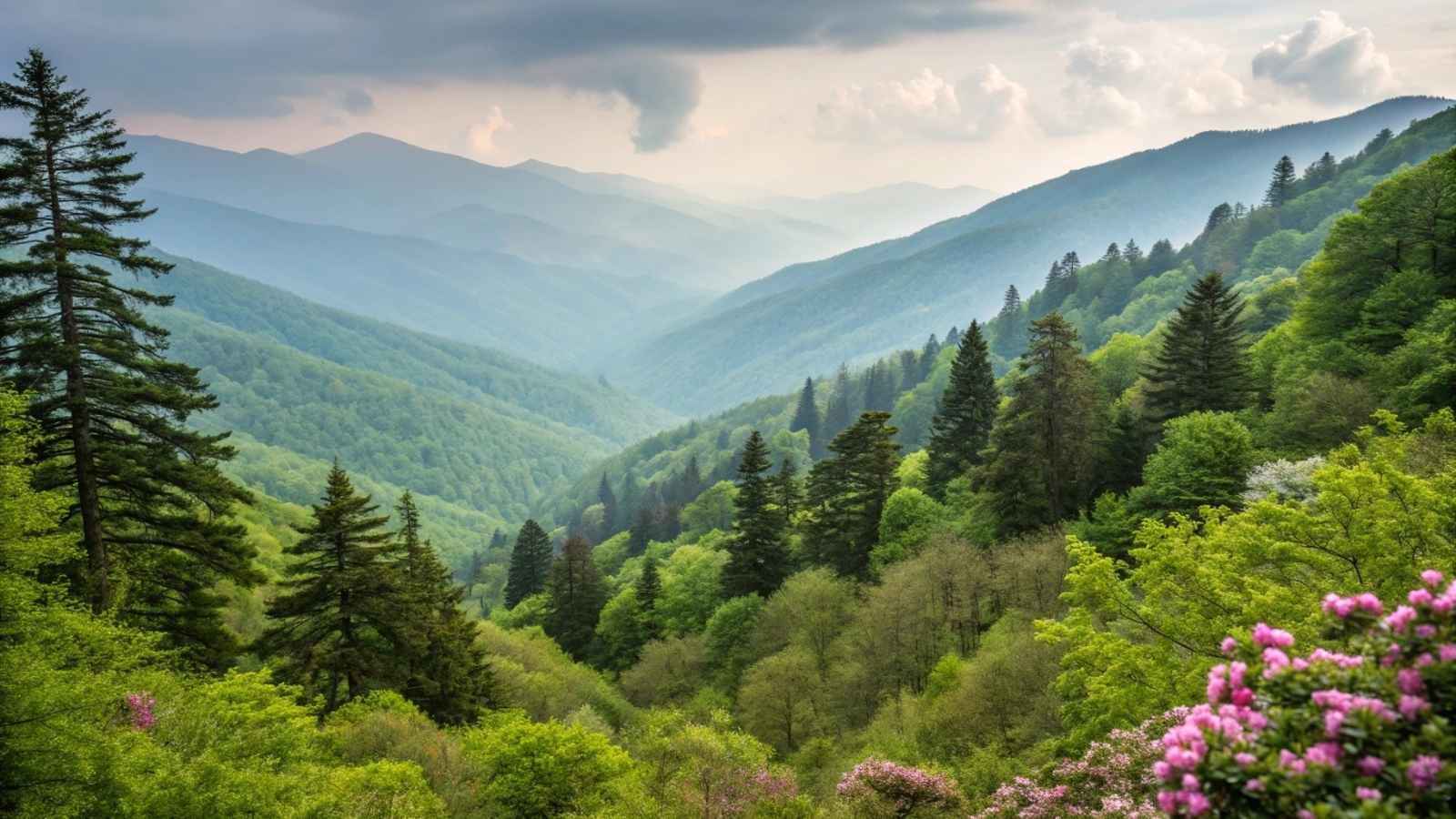
While many flock to the Smokies in fall for the color show, late spring is when the park truly breathes life. Wildflowers blanket the forest floor, waterfalls roar from recent rains, and the hillsides glow in every shade of green imaginable. It’s a season of renewal, and it shows in every stream, meadow, and breeze.
Crowds are thinner than in summer, and the weather hits that sweet spot—warm enough for day hikes to Clingmans Dome or Alum Cave, but cool enough for longer backcountry treks. The wildlife is out, the humidity is tolerable, and the forest feels alive in a way that’s impossible to capture any other time of year.
There’s also a sense of Southern charm in the air—campgrounds full of families cooking breakfast over open fires, music drifting from nearby Gatlinburg, and mist rising from the valleys at dawn. The Smokies in late spring feel both timeless and deeply comforting, like a place you’ve somehow known your whole life.
- Best Months to Visit: Late April to early June
- Weather: Highs in the 70s°F, lows in the 50s°F
- Best For: Wildflowers, full waterfalls, ideal hiking temperatures
- Don’t Miss: Clingmans Dome, Cades Cove Loop, Laurel Falls Trail
6. Arches National Park – Early Spring
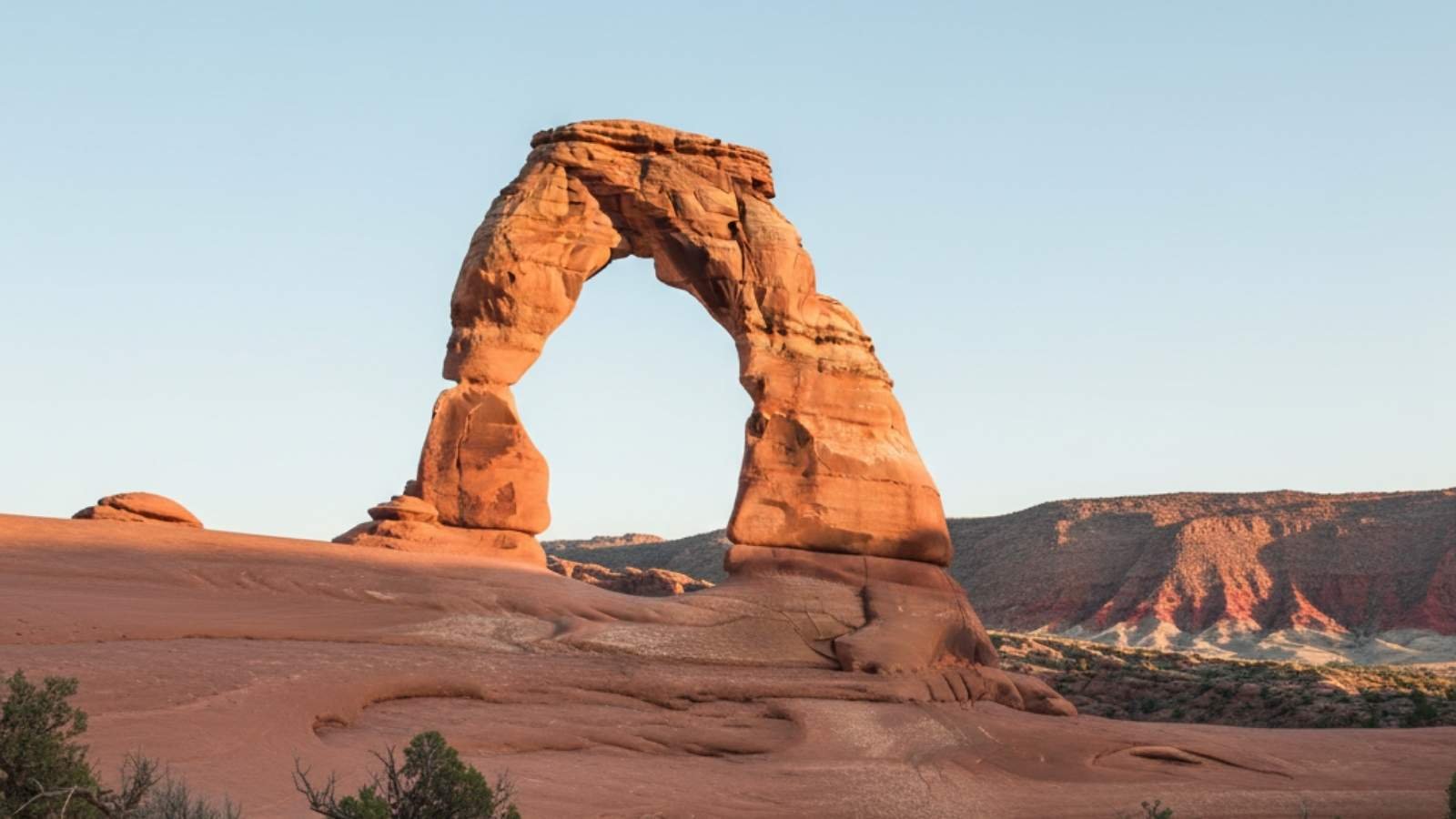
There’s a sweet spot in Arches that comes right before the desert heat rolls in—early spring, when the sandstone glows under mild sunlight and the air feels fresh enough for long, easy hikes. The crowds haven’t arrived yet, so the silence of the desert still reigns, and you can stand beneath Delicate Arch without a dozen tripods blocking your view. The red rock contrasts sharply with the deep blue sky, and every step feels like walking through a natural sculpture garden.
This is also the best time to appreciate Arches for what it truly is—a place of solitude and surreal beauty, not just a quick photo stop. Trails like Devils Garden and Sand Dune Arch are far more inviting without the summer blaze, and you’ll have time to explore hidden corners often skipped by day-trippers. Evenings are cool and still, perfect for stargazing under one of the clearest skies in the U.S.
There’s a rhythm to Arches in early spring that feels both slow and alive. It’s the kind of park that teaches you to move with intention, to pause and listen to the wind trace the stone. Come here before the crowds do—you’ll never see it the same way again.
- Best Months to Visit: March to early May
- Weather: Highs in the 60s–70s°F, cool nights
- Best For: Comfortable hikes, quiet exploration, photography
- Don’t Miss: Delicate Arch at sunset, Devils Garden, Fiery Furnace (with ranger permit)
7. Acadia National Park – Early Fall
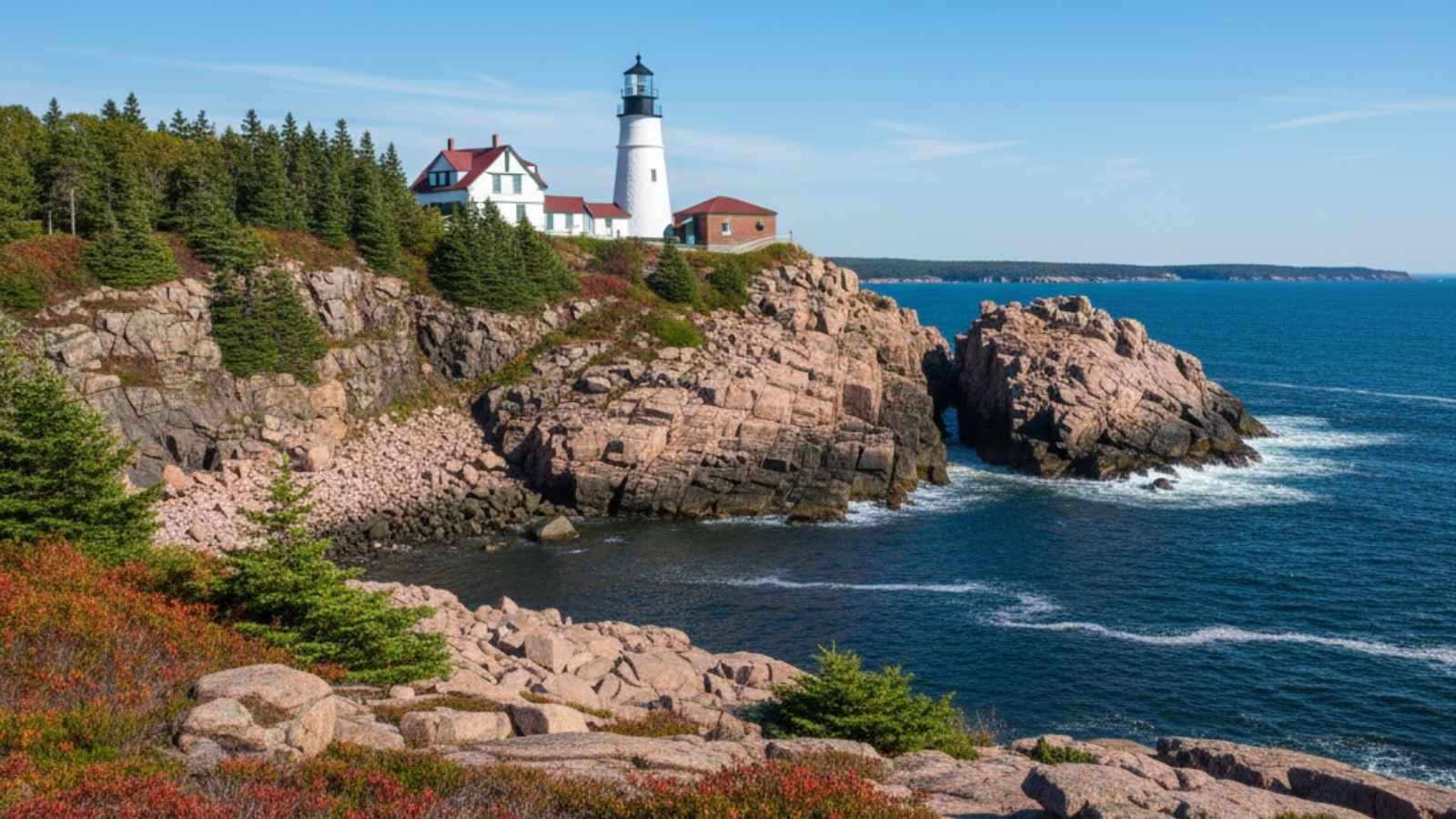
Acadia in early fall feels like New England distilled into one perfect postcard. The forests burst with gold and crimson, the ocean air carries a crisp tang, and the crowds of summer have faded into a peaceful hush. This is the time when the park slows down just enough for you to truly feel its charm—quiet carriage roads, misty mornings, and lighthouses framed in autumn light.
The trails, especially Beehive and Jordan Pond Path, reward you with panoramic views of both forest and sea. Cool temperatures make long hikes a joy, and you can still kayak or cycle comfortably during the day. Evenings invite cozy downtime—lobster rolls by the harbor, the sound of waves against the rocks, and skies full of stars.
What sets early fall apart in Acadia is the balance—it’s lively enough to feel welcoming, yet calm enough to feel personal. Whether you’re a hiker, photographer, or just someone chasing a bit of coastal peace, this is when Acadia opens up its truest side.
- Best Months to Visit: Mid-September to mid-October
- Weather: Highs in the 60s°F, crisp nights
- Best For: Fall foliage, coastal hikes, relaxed atmosphere
- Don’t Miss: Cadillac Mountain sunrise, Jordan Pond, Bass Harbor Head Lighthouse
8. Joshua Tree National Park – Winter
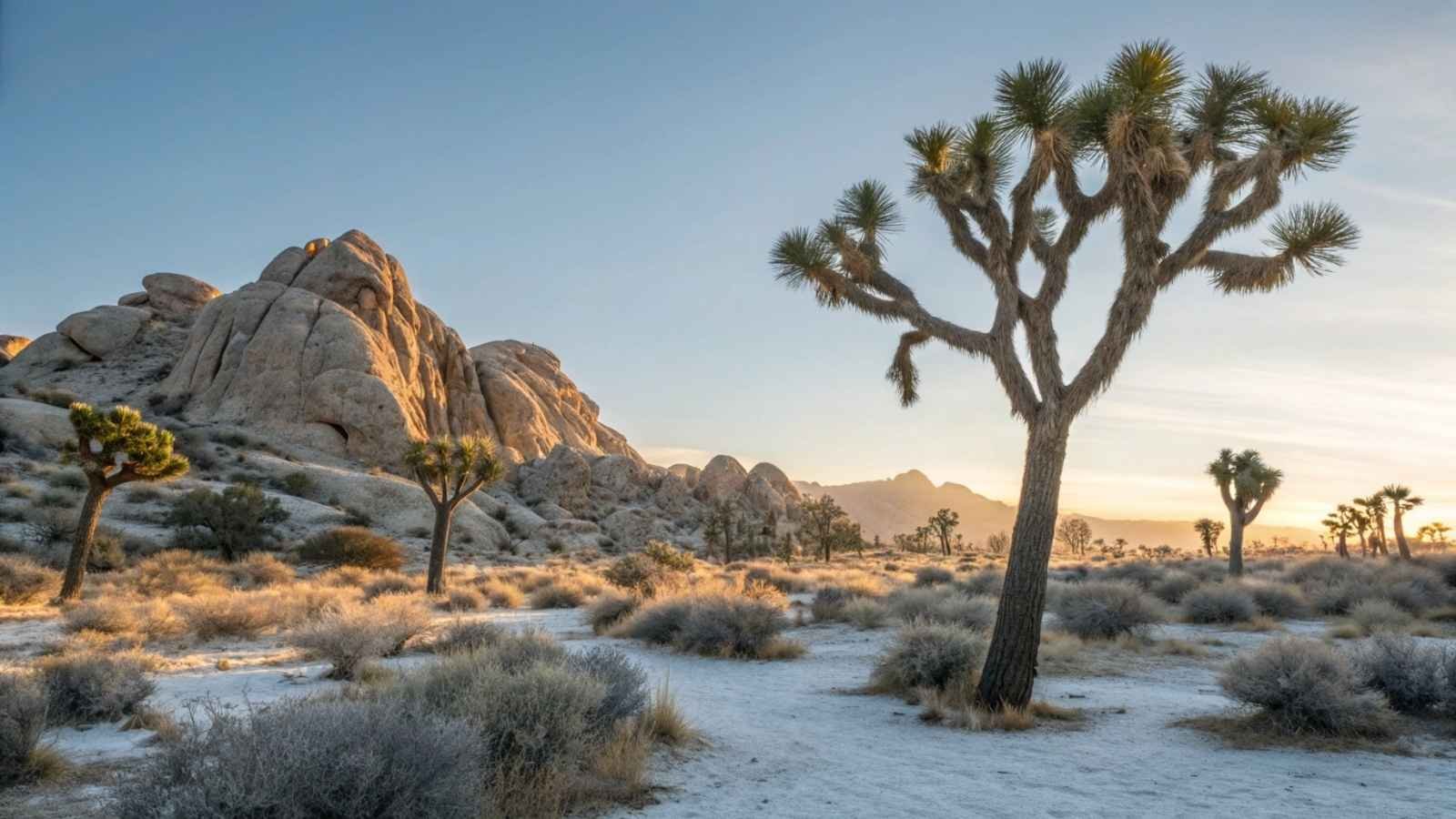
If you’ve only seen Joshua Tree in summer, you’ve missed its best act. Winter transforms the desert—the air turns cool and fragrant after rain, the skies are razor-clear, and the surreal landscape feels almost lunar. With temperatures hovering in the 60s°F, you can finally wander the trails and climb the boulders without baking in the heat.
Something is grounding about Joshua Tree this time of year. The silence stretches for miles, broken only by a soft breeze brushing through the cholla cactus fields. Hikers, climbers, and stargazers all seem to move at the same unhurried pace, drawn to the desert’s simplicity. Sunset paints the granite formations pink and orange, and nightfall brings one of the most dazzling skies in the country.
Winter here is for reflection, for slowing down. It’s when the desert reveals its softer, almost meditative side—proof that adventure doesn’t always have to be loud.
- Best Months to Visit: December to February
- Weather: Highs in the 60s°F, cold nights in the 30s°F
- Best For: Rock climbing, photography, stargazing
- Don’t Miss: Keys View at sunset, Barker Dam Trail, Cholla Cactus Garden
9. Rocky Mountain National Park – Early Summer
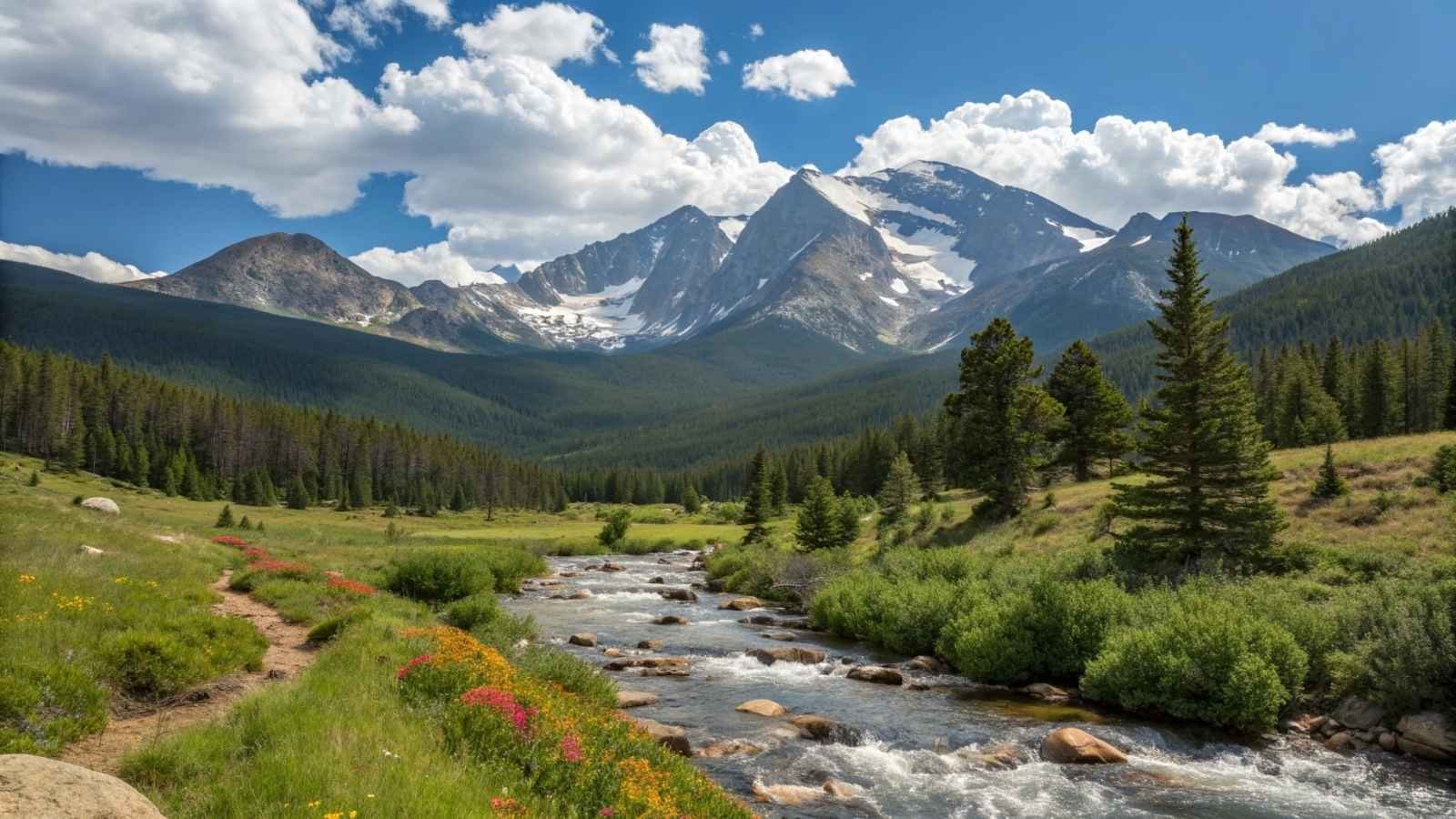
When the snow finally melts and the meadows wake up, Rocky Mountain National Park bursts to life. Wildflowers line the trails, elk graze in open valleys, and waterfalls thunder with snowmelt. Early summer is the perfect window—before the heaviest tourist waves, but after the park has shaken off its winter shell.
The high-elevation trails and scenic drives, like Trail Ridge Road, are open by June, offering a breathtaking glimpse of the alpine world above 12,000 feet. Cool mornings make for perfect hiking weather, and the clear skies mean long, bright days for exploring everything from Emerald Lake to Bear Lake Loop.
This season feels optimistic—the park hums with energy, yet it’s not yet overwhelmed. It’s the kind of time when you can stop by a quiet lake, breathe in pine and glacier air, and actually hear the stillness.
- Best Months to Visit: June to early July
- Weather: Highs in the 60s–70s°F, cool evenings
- Best For: Wildflowers, alpine hikes, scenic drives
- Don’t Miss: Trail Ridge Road, Emerald Lake Trail, Bear Lake Loop
10. Bryce Canyon National Park – Late Spring
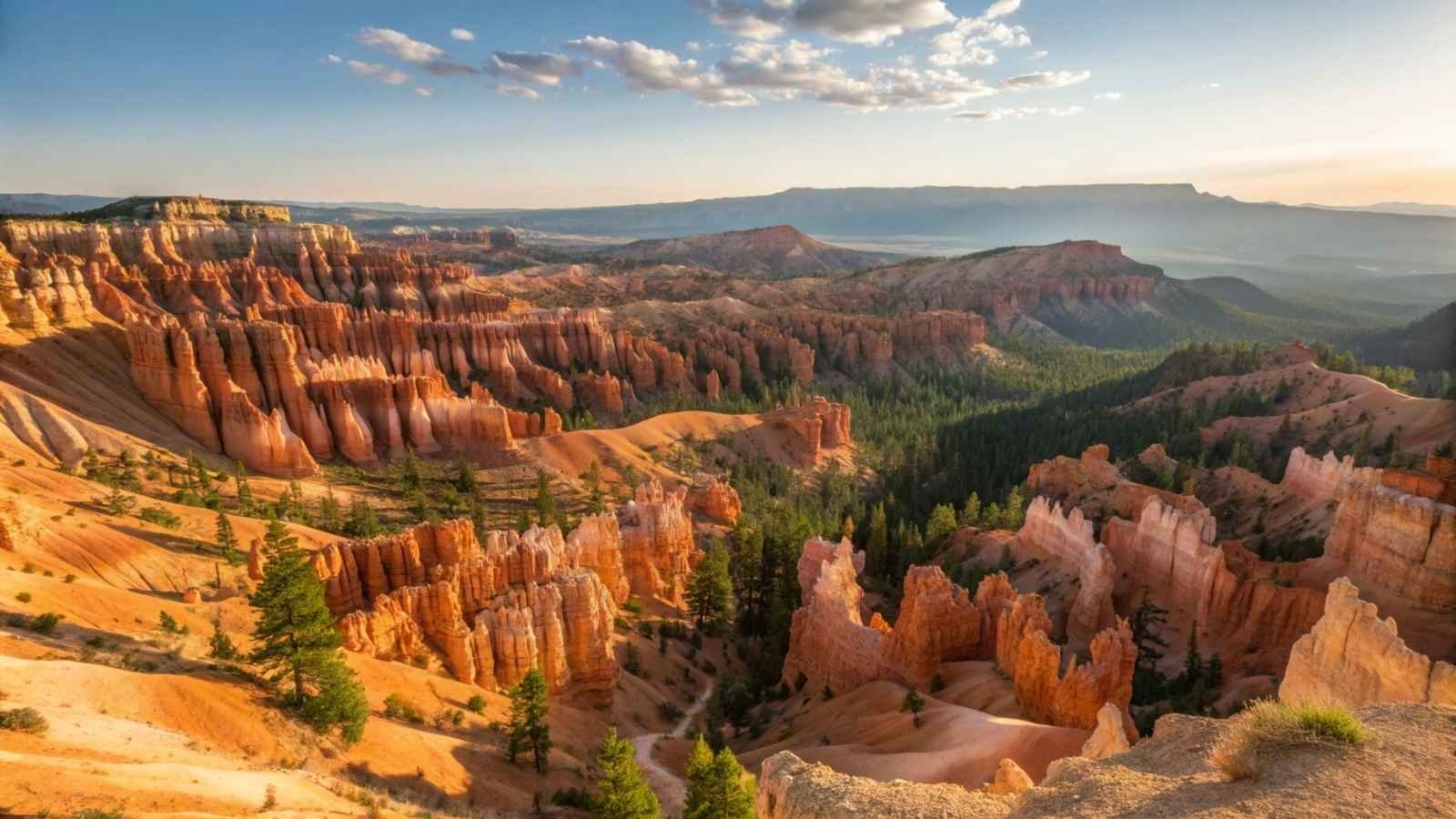
Bryce Canyon looks otherworldly year-round, but late spring gives it a special kind of clarity. The hoodoos—those red-orange spires—catch the sunlight just right, and the air is cool enough to make exploring the amphitheater a pleasure instead of a challenge. Snowmelt leaves the colors crisp and the trails fresh, while the early-season crowds are still light.
This is the time to walk the Navajo Loop or Queen’s Garden Trail, when the sandstone glows against the bright blue sky. Even a short stroll along the rim feels transcendent, as light shifts and the canyon changes hues by the minute. The mornings are chilly but invigorating, and by afternoon, you’ll find perfect hiking weather.
Bryce in late spring is about balance—warm enough for comfort, cool enough for adventure, and always photogenic. It’s small, approachable, and endlessly surprising, especially when the light hits just right.
- Best Months to Visit: May to early June
- Weather: Highs in the 60s°F, cool nights
- Best For: Clear skies, hiking comfort, vivid photography
- Don’t Miss: Sunrise Point, Queen’s Garden Trail, Bryce Amphitheater
11. Olympic National Park – Summer
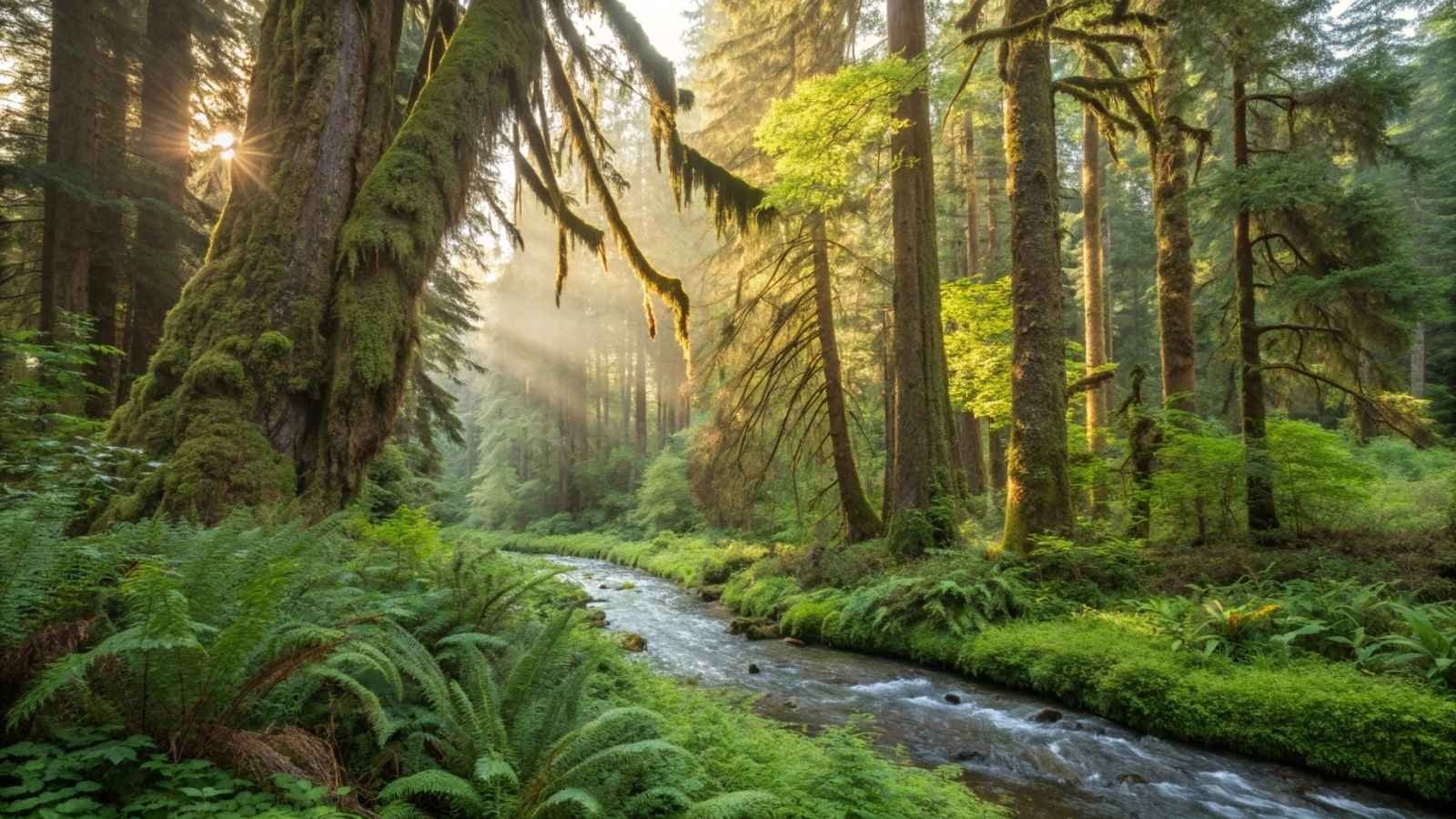
While summer crowds overrun most parks, Olympic National Park is vast enough to still feel wild. In one day, you can walk through moss-covered rainforests, hike up alpine ridges, and dip your toes in the Pacific Ocean. The diversity here makes summer not just bearable—but actually ideal.
Trails like Hurricane Ridge open fully, giving panoramic views of snowcapped peaks, while coastal spots like Rialto Beach and Ruby Beach are warm enough for long, lingering walks. It’s the kind of park that feels like three ecosystems fused into one, and in summer, all of them are alive and thriving.
Olympic is for explorers who crave variety. You can wake up among ferns, spend the afternoon in the mountains, and end the day watching the sun melt into the sea. It’s the rare park that’s best in peak season—because even at its busiest, it still feels untouched.
- Best Months to Visit: July to September
- Weather: Highs in the 70s°F, mild coastal breezes
- Best For: Full trail access, wildflowers, coastal hikes
- Don’t Miss: Hurricane Ridge, Hoh Rain Forest, Rialto Beach
12. Everglades National Park – Winter
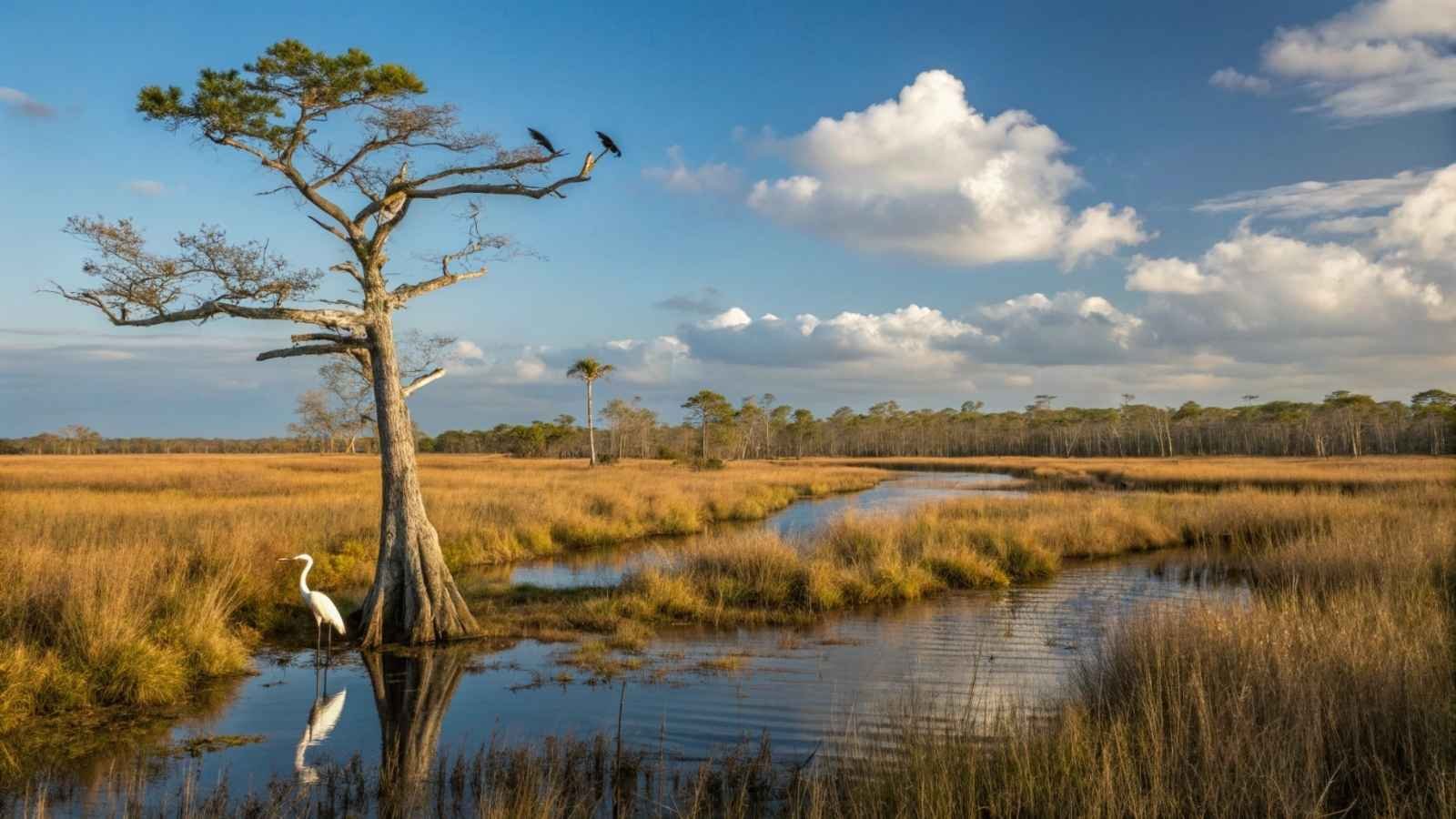
Winter is the secret season in the Everglades—the mosquitoes are gone, the humidity lifts, and wildlife viewing is at its absolute peak. Alligators bask along the waterways, birds fill the sky, and the air feels comfortably dry. It’s not the steamy swamp many expect; it’s a thriving, intricate ecosystem that finally reveals itself.
Kayaking through Nine Mile Pond or walking the Anhinga Trail in winter is pure joy. The wildlife is active, the light is golden, and the temperatures hover in that perfect 70-degree range. You can spend hours birdwatching, spotting turtles, or gliding quietly through mangrove tunnels.
This is the Everglades at its most inviting—a reminder that even the wildest landscapes have their rhythm. Come in winter, and you’ll experience it not as a survival test, but as a living, breathing wonderland.
- Best Months to Visit: December to April
- Weather: Highs in the 70s°F, dry and comfortable
- Best For: Wildlife viewing, kayaking, photography
- Don’t Miss: Anhinga Trail, Shark Valley Tram, Nine Mile Pond Canoe Trail

